
Fuji Electric’s Railway R&D Center Tests New Trains with HIL
June 8, 2022
How the Fuji Electric evaluation process led to Typhoon HIL solution adoption. Key challenges in traction applications before introducing HIL testing. Main advantages of HIL testing electric train propulsion inverters and motor drives.

HIL Testing is Part of the Culture for Steven VanWerkhoven’s Team at Schneider Electric
July 22, 2021
This blog explores the main challenges of inverter control design, development, testing, and certification, delving into the setup of a C-HIL for hybrid inverter control testing. It highlights how test automation can accelerate inverter software update verification and how HIL can expedite product development while enhancing product robustness and quality. Read the blog to learn more about these innovative …
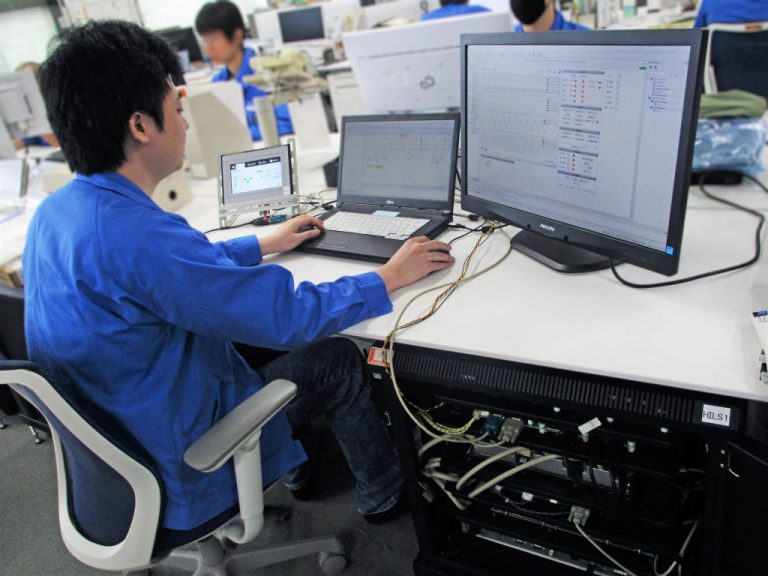
Fuji Electric Deploys HIL for UPS Control Testing
April 22, 2021
Fuji Electric’s Kobe site leverages the Typhoon HIL platform for developing their Uninterruptible Power Supply (UPS) systems, addressing key challenges in both early and late product testing stages. By adopting controller Hardware-in-the-Loop (C-HIL), Fuji Electric can easily develop and debug new control software functionalities and verify operations in scenarios difficult to reproduce in a high-power la…
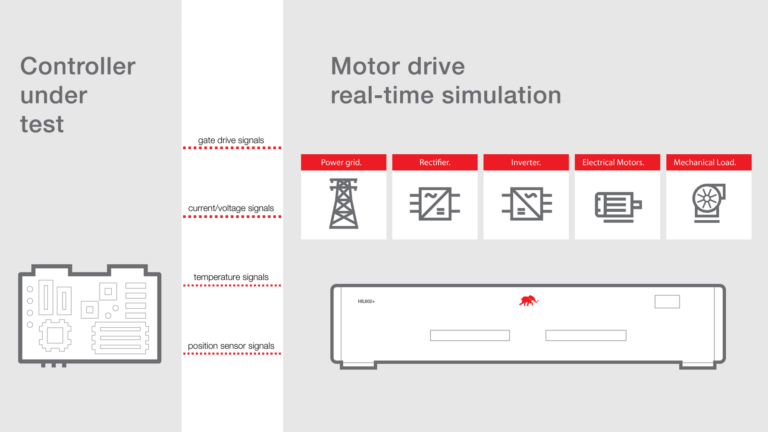
6 Reasons for Rapid Adoption of HIL Testing for Variable Frequency Drives
May 14, 2020
Software is becoming a key value generator for Variable Frequency Drives (VFDs), driven by new motor designs, semiconductor switches, and powerful processors. As system-level interoperability requirements expand and modular power converter designs become standard, grid code compliance is increasingly essential. With the complexity of software lifecycle maintenance exploding, it’s crucial to understand how…

4 Ways Controller Hardware in the Loop and Model-Based Engineering are Reducing Risk
May 21, 2019
As Industry 4.0 dawns, digitalization, decarbonization, and decentralization (D3) are driving the electric grid revolution, creating opportunities and challenges. The emerging cyber-physical grid, with its distributed energy resources, intelligent sensors, and cloud software, requires new design, testing, deployment, and lifecycle maintenance tools. Through several examples, we demonstrate the utility of Ty…
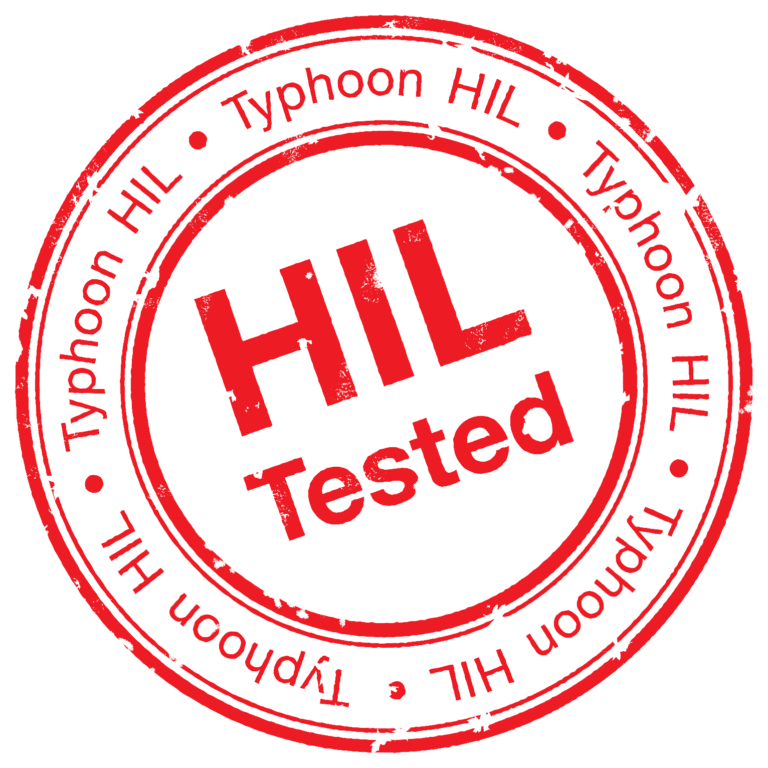
7 Reasons Why HIL Tested is Becoming Ubiquitous
December 6, 2018
The rapid digital transformation of the energy sector, driven by the Fourth Industrial Revolution, is ushering in a new era of complexity and risk. As the grid evolves into a cyber-physical system, rigorous testing becomes paramount to ensure reliability, safety, and security. HIL Testing emerges as a critical methodology in this landscape, offering a systematic approach to validate software and firmware be…
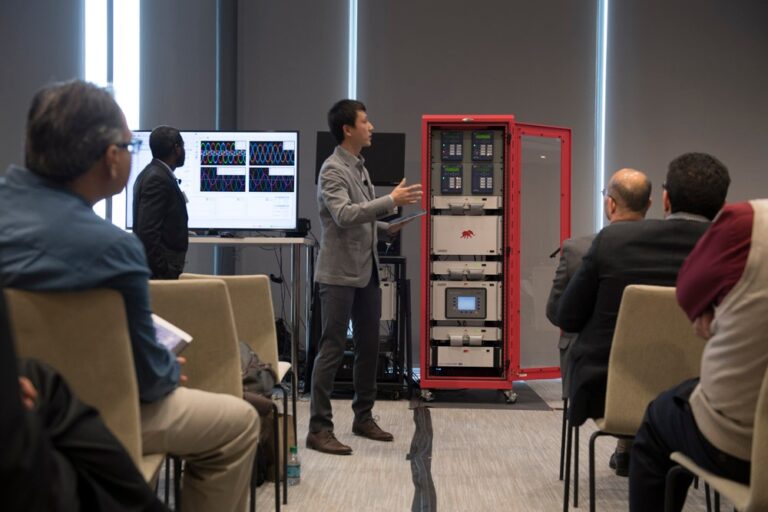
6 Lessons Learned from the MIT Lincoln Laboratory Microgrid Symposium That Will Make Your Next Microgrid Project a Breeze
March 3, 2017
At the Microgrid & DER Controller Symposium 2017, the ultra-high fidelity controller Hardware in the Loop (HIL) stole the show, captivating all power engineers present. The workshop featured real industrial microgrid controllers from Eaton, GE, SEL, and Schneider, seamlessly interfaced with a Microgrid Controller-HIL Testbed that executed real-time simulations of a complex microgrid. This setup included fee…
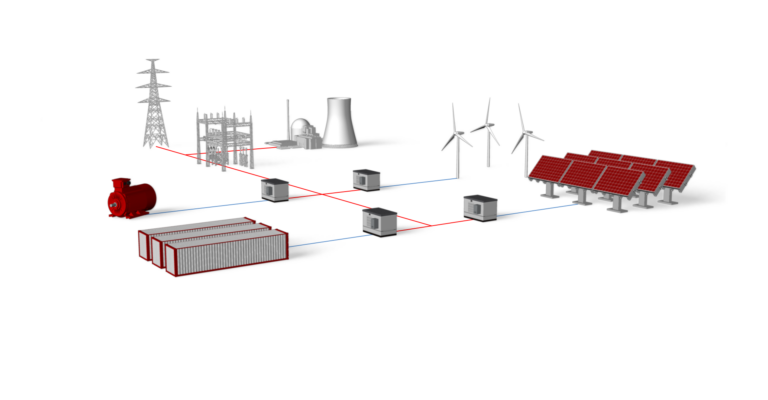
5 Grand Challenges for Microgrid Controllers that MIT Lincoln Laboratory Microgrid Controller Symposium Aims to Resolve
February 10, 2017
At the Microgrid Symposium, organized by MIT Lincoln Laboratory, the focused on challenges in commissioning and testing microgrids, especially in brownfield projects, and demonstrated how HIL simulation technology addresses these challenges, offering significant time and cost savings in configuring communications, protection, DER controller testing, power quality in islanded mode, and certification of micro…
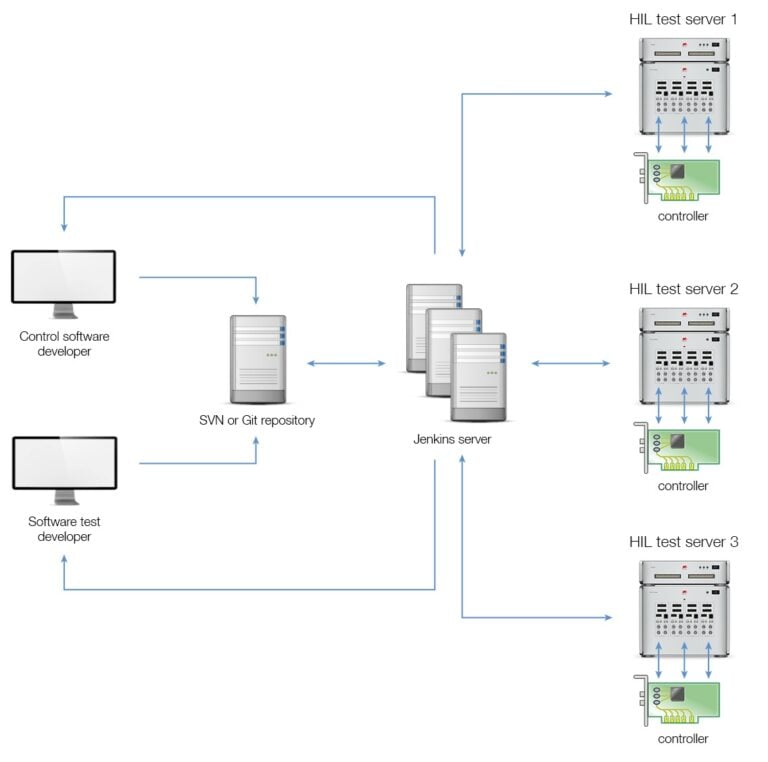
Continuous Integration with HIL: Fully Automate Power Electronics Control Software Testing
December 16, 2016
Continuous Integration (CI) is a widely adopted software development practice where developers frequently integrate code into a shared repository, allowing for automatic builds and tests to catch errors early. However, this approach was traditionally unfeasible for power electronics software due to the high cost and slow pace of lab testing required for daily software commits. The advent of ultra-high fidel…

7 Smart Inverter Tests You Should Get Ready For
September 8, 2016
Interconnecting distributed energy resources (DER) to the grid in the United States necessitates compliance with standards such as the National Electrical Code (NEC), UL 1741, and IEEE 1547. The latter two standards were updated in late 2016 to accommodate smart inverters, driven largely by California’s regulatory efforts. These updates introduced requirements for grid-support functions like voltage and fre…

4 Reasons HIL Adoption in Power Electronics and Microgrids is Soaring
July 26, 2016
Hardware-in-the-Loop (HIL) technology, long used in automotive and aerospace industries, is now rapidly gaining traction in the power electronics and power systems sectors. Market research reports from 2015 highlight this shift, predicting significant growth in HIL adoption for power electronics and microgrids. Key drivers of this trend include the ubiquity of power electronics in various applications, the …

Simplify Microgrid Control Design, Testing, and Commissioning
June 21, 2016
Microgrids, though they date back to the era of Thomas Edison’s DC microgrids, have evolved significantly, driven by the quest for sustainable and resilient power systems. Today, microgrids are characterized by their ability to integrate renewable energy sources and advanced power electronics converters. They can be classified into three main types: customer microgrids, utility distribution microgrids, and …
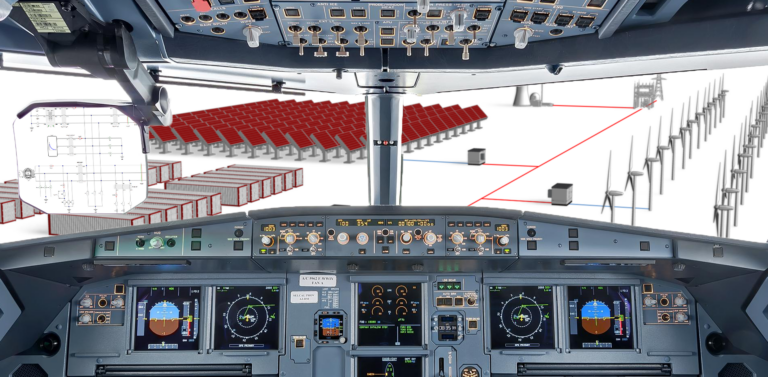
Flight Simulator for Power Electronics and Power Systems
May 17, 2016
Today’s aspiring electrical engineers have the unique advantage of learning power electronics and power systems hands-on with ultra-high fidelity real-time simulators. These advanced “flight simulators” for power, with their nanosecond resolution and microsecond integration time steps, allow students to interact with smart inverters, distributed energy resources (DERs), microgrids, and power systems with ex…

4 Principles of Good Hardware-in-the-Loop Design
April 18, 2016
Despite occasional frustrations shared by engineers about Hardware-in-the-Loop (HIL) simulation, HIL testing has great potential when designed correctly. Inspired by Dieter Rams’ principles of good design, we outline four key principles for Good HIL Design: ease of use, plug-and-play capability, ultra-high fidelity, and overall usefulness. These principles can transform HIL systems into indispensable tools …